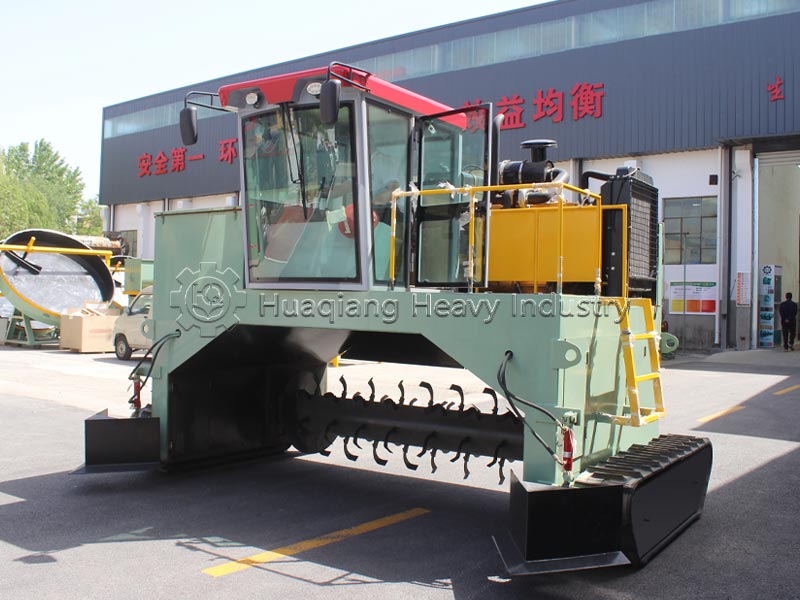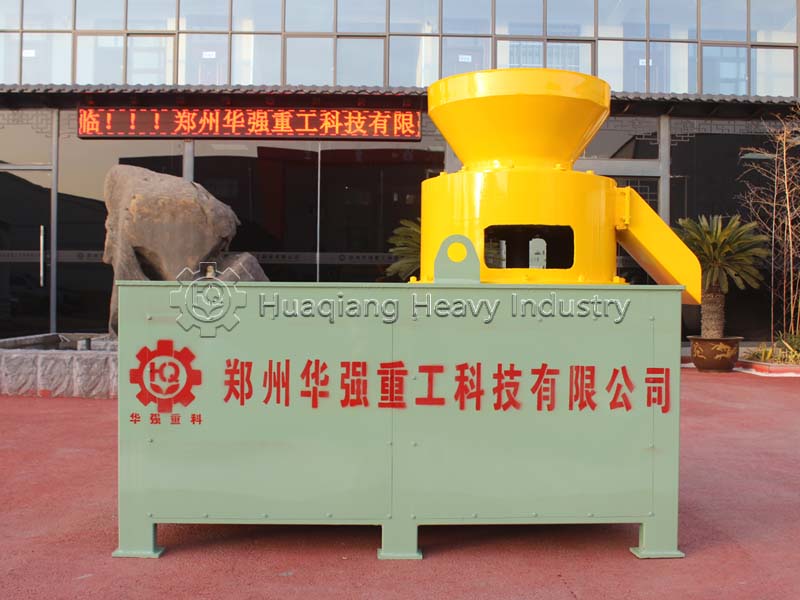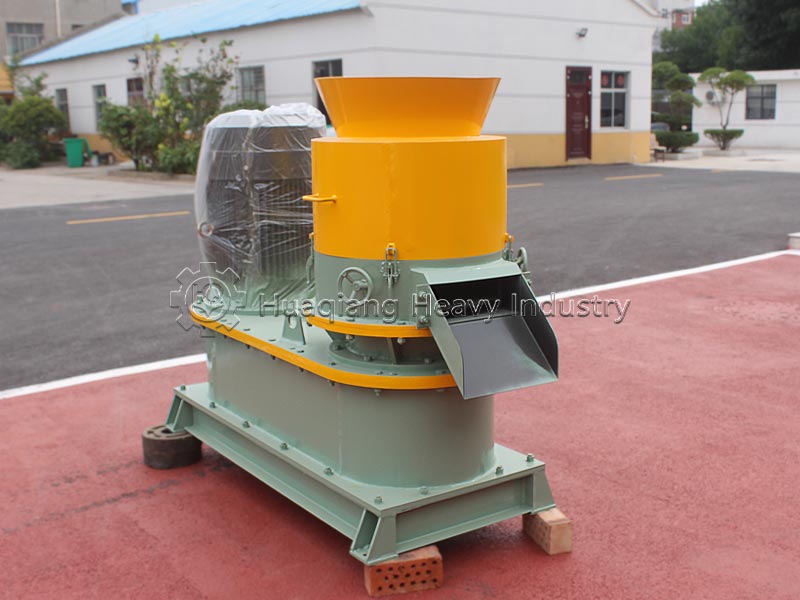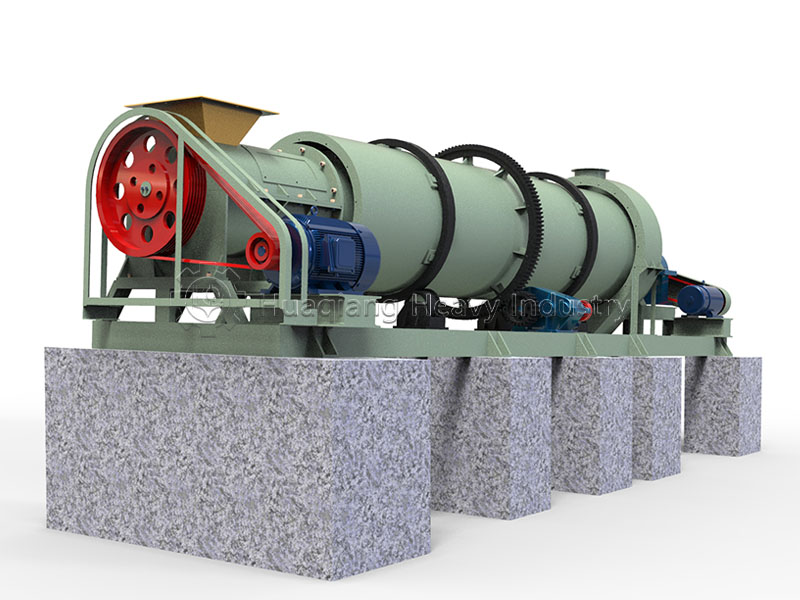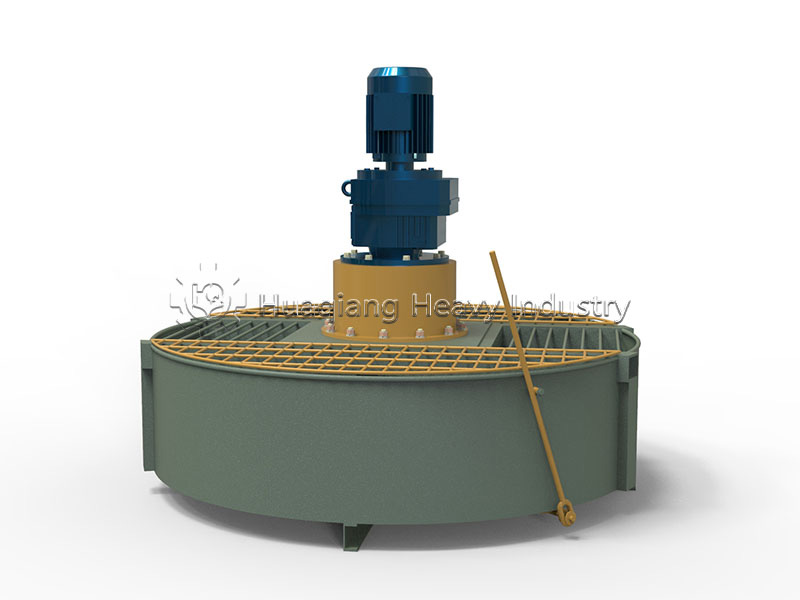Highly efficient and stable windrow compost turners safeguard the production of high-quality organic fertilizer
In a modern organic fertilizer fermentation plant, one of the most striking scenes is a windrow compost turner steadily moving between raw material piles. This is the starting point for the efficient and coordinated operation of organic fertilizer production equipment.
The significant advantage of the tracked design lies in its superior stability and maneuverability. Whether on soft piles or slightly muddy ground, the wide tracks effectively distribute pressure, preventing the equipment from sinking and ensuring continuous operation. This adaptability to complex environments makes it a reliable and solid foundation in organic fertilizer production lines.
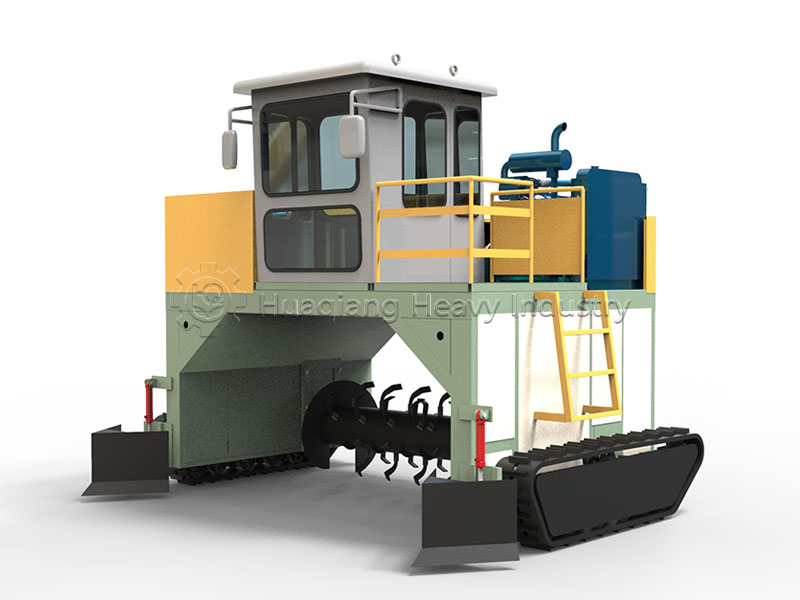
In the family of compost turning equipment, in addition to windrow compost turners, there are also various other types, such as large wheel compost turners. Large wheel compost turning machines, with their unique rotating disc structure, also perform excellently in material mixing and crushing. The choice of equipment usually depends on the production scale, site layout, and raw material characteristics.
After the material has completed fermentation and maturation under the action of the windrow compost turner, the next step is for the organic fertilizer granulator to take over. These loose, powdery fertilizers are transformed into regular, compact granules in the granulator, greatly facilitating subsequent storage, transportation, and application.
From the turning and composting by the windrow compost turner to the shaping and granulation by the organic fertilizer granulator, each piece of equipment is an indispensable part of a modern fertilizer production system.

